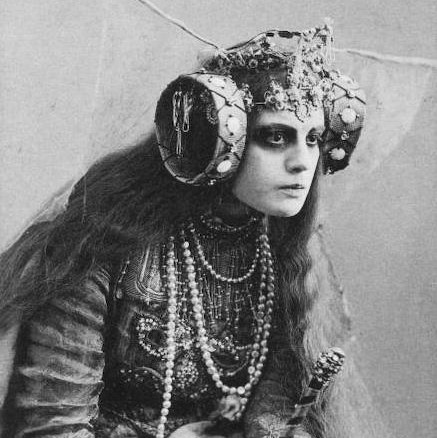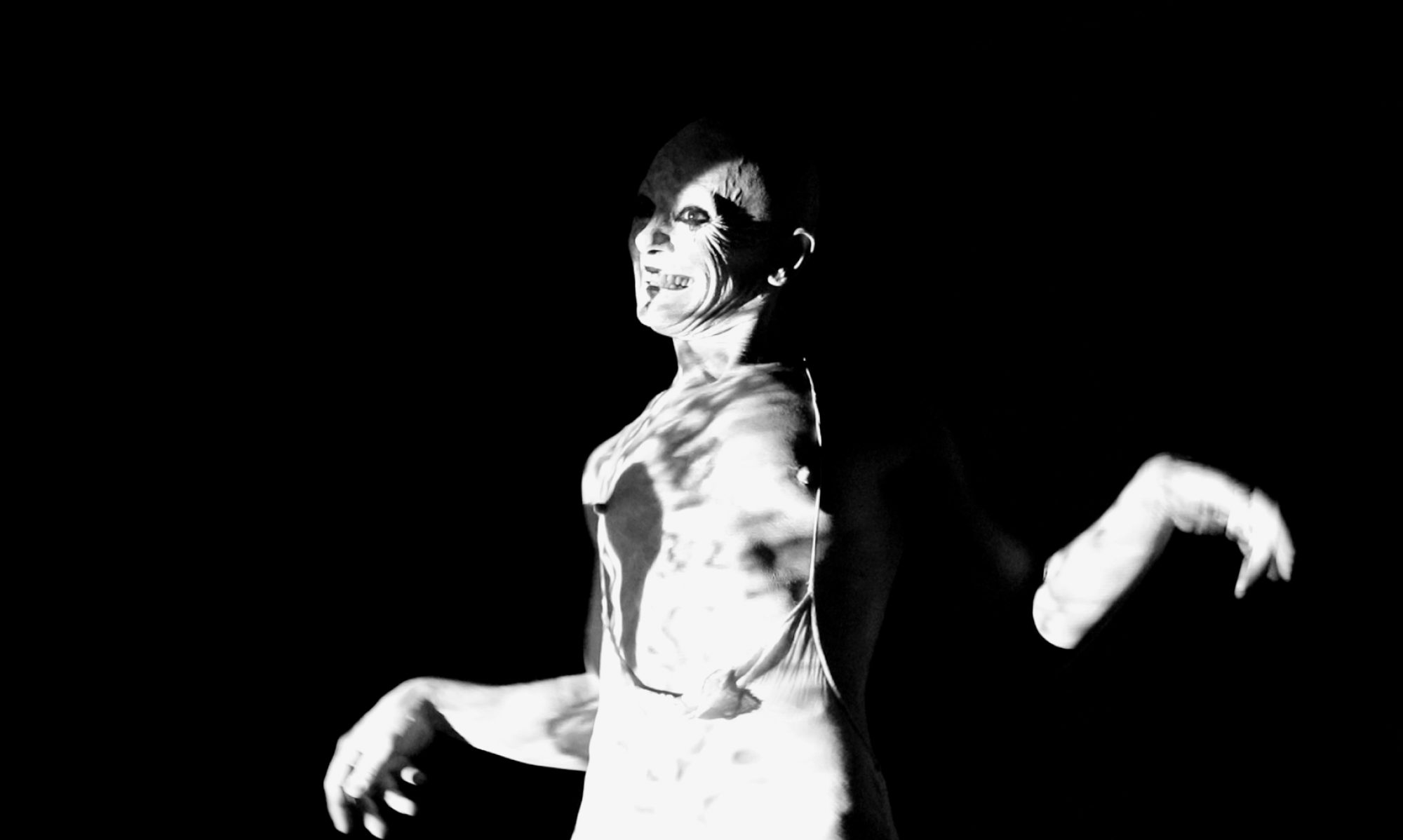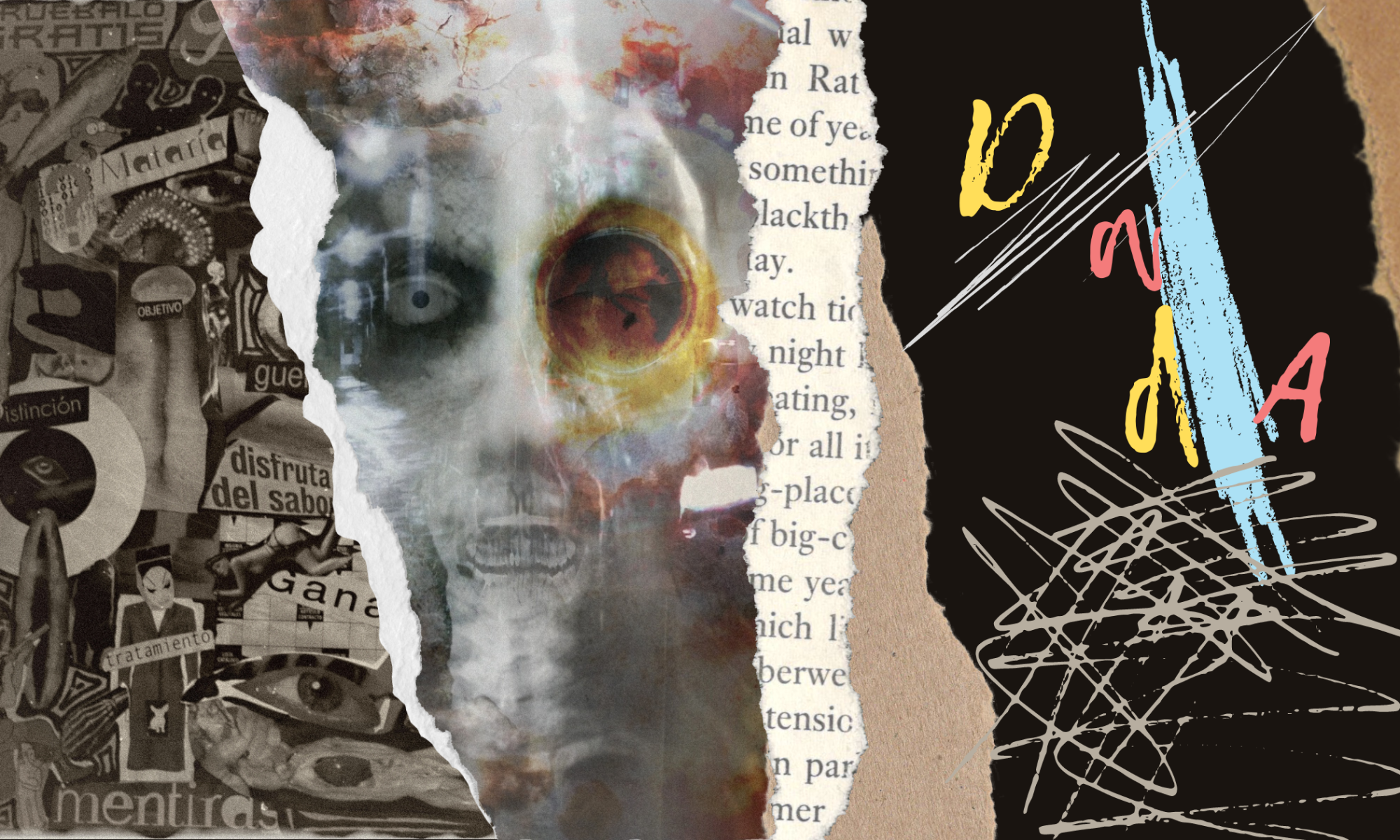Dadaism is an artistic avant-garde movement of protest that was born in 1916, when several artists met in the Voltaire cabaret in Zurich, Switzerland, and 1916, when several artists met at the cabaret Voltaire in Zurich, Switzerland, and created a reactive movement against create a reactive movement against the First World War (1914-1919).
The name Dadaism was given by the three representatives and founders of the movement: Tristan Tzara (1896-1963), Hans Richter (1888-1976) and Hans Arp (1886-1976). They call their meeting and founding of Dadaism as the “art of coincidence”.
There are two main theories about the origin of the name Dadaism. The first theory the name was a product of chance, when the artists opened a French dictionary to look up a name, and the first theory is that the first dictionary to look up a name and the first word that appears is dada, which means ‘wooden horse’ in French. in French ‘wooden horse’.
The second theory about the origin of the name states that it was inspired by the infant babble “da-da”. babbling “da-da”. This derives from the idea that it was intellectualism and rationalism that spawned the that generated the Great War, and as a form of protest a senseless and irrational art is created. irrational art is created as a form of protest.
One of the great contributions of Dadaism was in the field of graphic art, where it began to create collages and photorealism. collages and photomontages began to be created. One of its best known representatives is the artist Hannah Hoch (1886-1966).

Dadaist women defied the norms in order to gain visibility and make clear the lack of opportunities and freedom they had compared to men. Everyone has in mind Marcel Duchamp’s has in mind Marcel Duchamp’s extravagant urinal, which, although it is not known, was a woman’s idea, not his. idea of a woman, not his. And like this case, unfortunately, there are many more.
But despite the passing of the years, it is still surprising that, despite being all documented, the role of great women who were overlooked because only men were the ones who wrote the history of Dadaism is still not recognized. Thus, to avoid the conservative contexts that limited them, they used male pseudonyms because they could not publish under their own names.
The irreverent iconography, the rebelliousness, the rupture with the ideals of beauty, with the masculine and feminine roles, and the search for identity through art turned these women into precursors of feminism. Some cases were very dramatic, such as that of Germaine Dulac, one of the pioneers of experimental cinema, who presented her work in a supposedly revolutionary Paris and only received insults in response.

The Dada movement was dissolved in 1924, when its members considered that its popularity was leading them in a direction contrary to its origin of provoking change and demonstrating against beauty.
Characteristics of Dadaism
The fundamentals of Dadaism reject the idea that it is society that imposes what art is, since the real state of today’s society is one of “insanity with a calculated madness”.
In opposition to this reality, Dada art seeks to balance logic and reason (which permeates insanity) with nonsense, protests, mockery, satire, scandals, ironies, etc., to express and provoke feelings and emotions never felt before.
Dadaism generates two questions for artists: what is the role of the artist, and what is the purpose of art? Dadaism answers that it is an opportunity to challenge the norms and main artistic currents, especially against modernism, expressionism, futurism and abstractionism.
Literary Dadaism
Literary Dadaism comprises the poems written within the movement, which are generally works of art in their own right. They were characterized by having a free structure of thought, seemingly meaningless. They are also known as Dadaist poems.
Some of its most relevant representatives are the Romanian Tristan Tzara (1896-1963), the German Emmy Hennings (1885-1948), the French André Breton (1896-1966) and the Swiss Jean Arp (1887-1966).
Dadaism and surrealism
Dadaism was the first movement of conceptual art and avant-gardism. The Dadaists impregnated the notion of the unconscious and the irrational to express art in future movements framed within avant-garde currents such as surrealism.
Surrealism seeks a spontaneous expression of thought that would not be possible if the Dadaists had not first learned to babble.

New artistic techniques
In the plastic arts, Dadaism brought with it the creation of new artistic techniques such as photomontage and ready made, and the use of techniques such as collage, created by cubism.
Photomontage was a technique created by the Dadaists that consisted of superimposing various fragments of photographs to create a single work. These fragments were sometimes interconnected by additional resources such as illustrations.
Ready-made, which has been translated as found object or made object, was a technique that consisted of taking an everyday object and intervening it with a deliberately significant intention.
Origin and evolution:
During the First World War, which took place between 1914 and 1919, Switzerland acted as a neutral country, which is why many people saw in that country a privileged refuge. Among them were artists, musicians and writers from all over Europe.
That young generation of creators was against the war chaos produced by the trench warfare, which they interpreted as a sign of the decadence of the West. Indeed, what looked like a promise of development and progress during the second industrial revolution (marked by the marriage of science and technology), soon turned into mass death.
Encouraged by their anti-war values and their deep sense of social criticism, a group of artists and writers founded a literary and artistic movement that expressed their disagreement and disappointment with the inability of official discourses such as science-technology, religion, philosophy (idealism) and social sciences (positivism) to prevent the destruction of Europe. This movement was given the name “Dada” or “Dadaism”.
The origin of Dada as a movement is usually placed in the year 1916, when the writer Hugo Ball and other artists, gathered at the Cabaret Voltaire, decided to unify efforts and found Dada art there, in what had been their meeting place in Zurich.
The Dada movement also had an important nucleus in Berlin, Germany. George Grosz, Raoul Hausmann and John Heartfield (Helmut Hertzfelde, 1891-1968), one of the exponents of photomontage, militated in it. This nucleus gave rise to what is known as Berlin Dadaism.
Dadaism was truly scandalous. One came to read about them statements like the following: “never before has a group of decadents, devoid of all knowledge and all will, had the courage to show themselves to the public as these Dadaists do”.
In 1919, with the end of the First World War, the movement moved to Paris, where it reached its peak but would also reach the end of its days. Indeed, the anti-artistic and anti-poetic character of Dadaism constituted the germ of its own death. Before that, however, the first International Dada Fair took place in Berlin in June 1920.
Dadaism was wearing out, and André Breton’s ideas were gaining ground. The idea of the scandal or the provocative gesture as an aesthetic fact in itself was left aside, and turning the attention to the effectiveness of the artistic fact became again an objective of the artists. It was thus that Dadaism eventually favored the birth of Surrealism in 1924.
References:
- “Dadaísmo”. En: Significados.com. Disponible en: https://www.significados.com/dadaismo/ Consultado: 22 de agosto de 2021, 12:33 pm.
- “Dadaísmo, las mujeres y su revolución”. En: M-Arte y cultura visual. Disponible en: https://www.marteyculturavisual.com/2019/03/12/dadaismo-las-mujeres-y-su-revolucion/
Cover: The Room Installation


Nice site, nice and easy on the eyes and great content too. Do you need many drafts to make a post?
LikeLiked by 1 person
Hello! thank you for your comment. No, I usually write in notepad first.
LikeLike